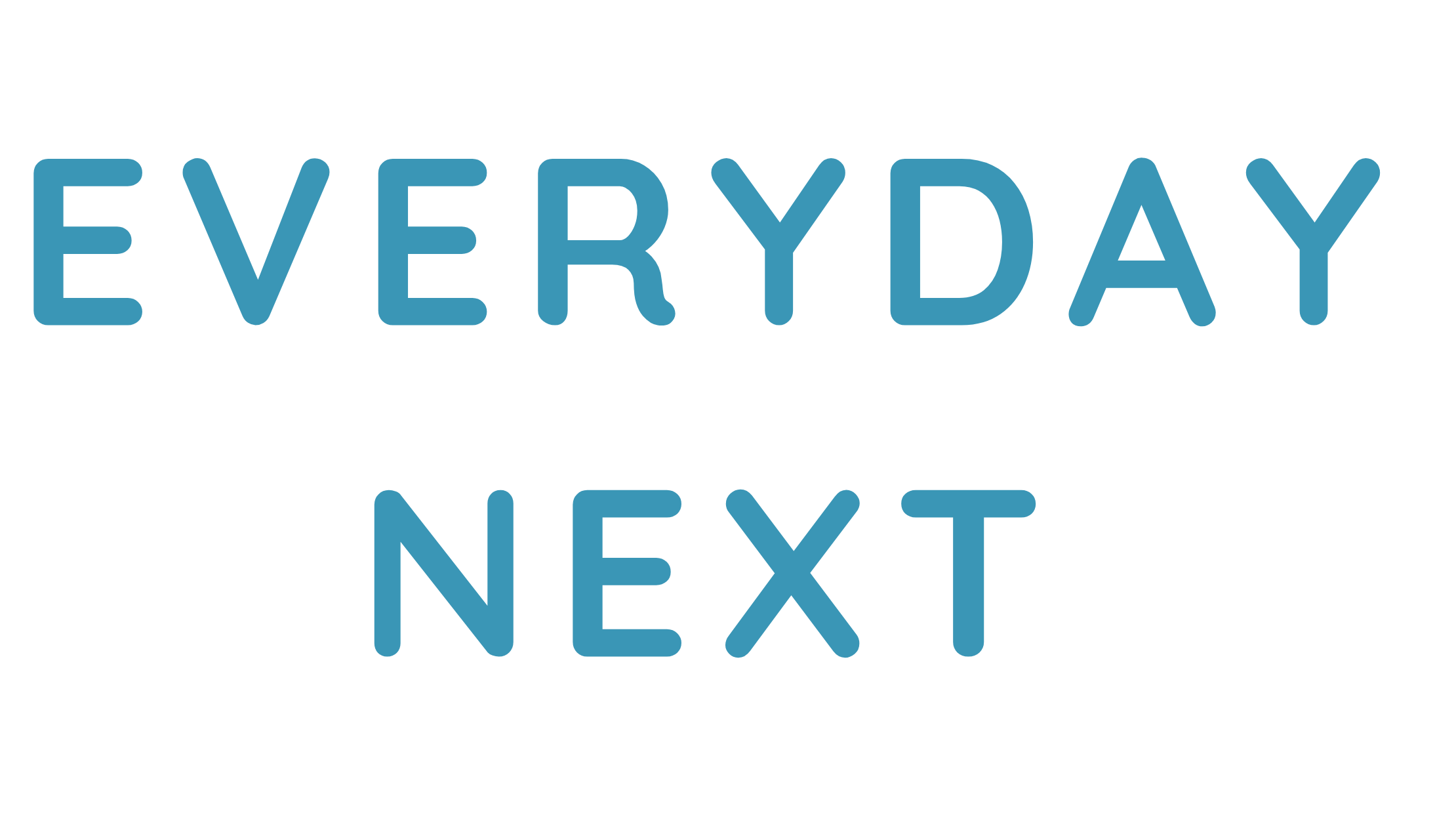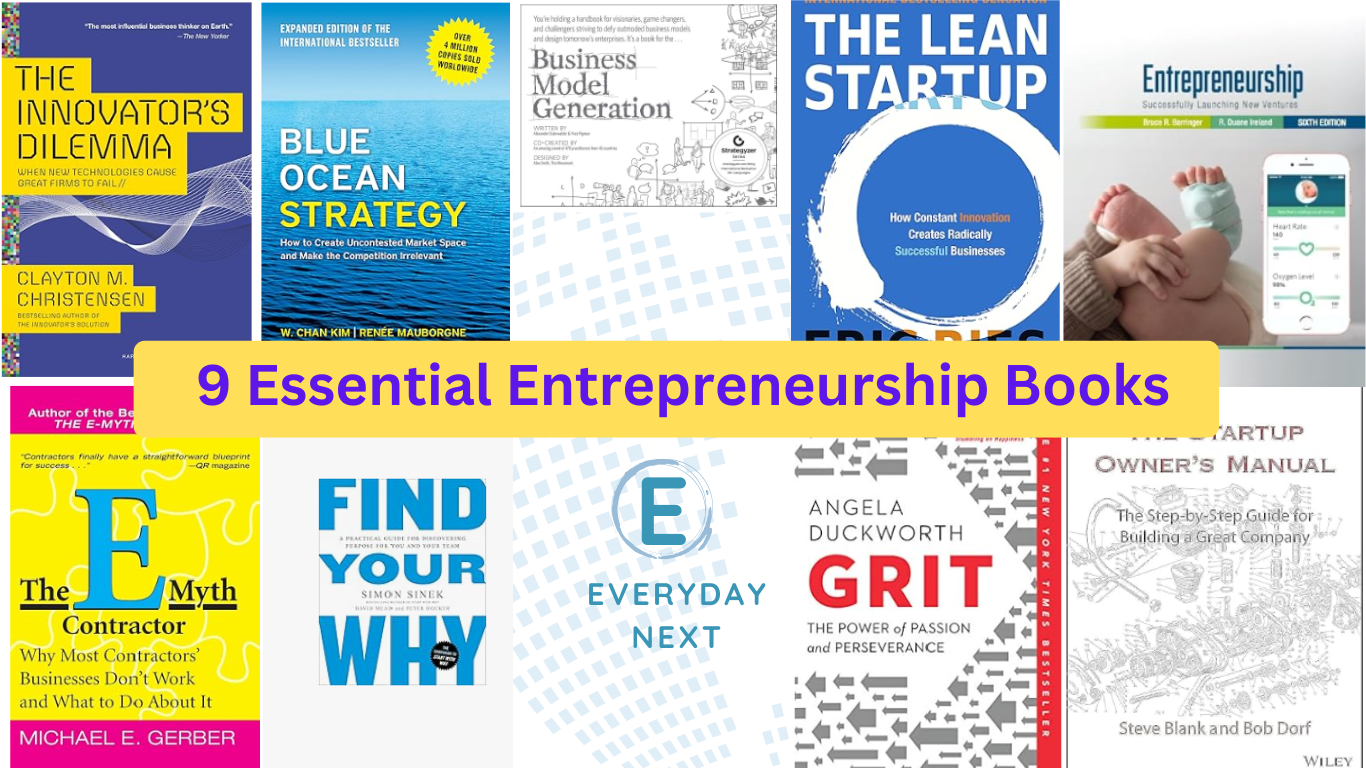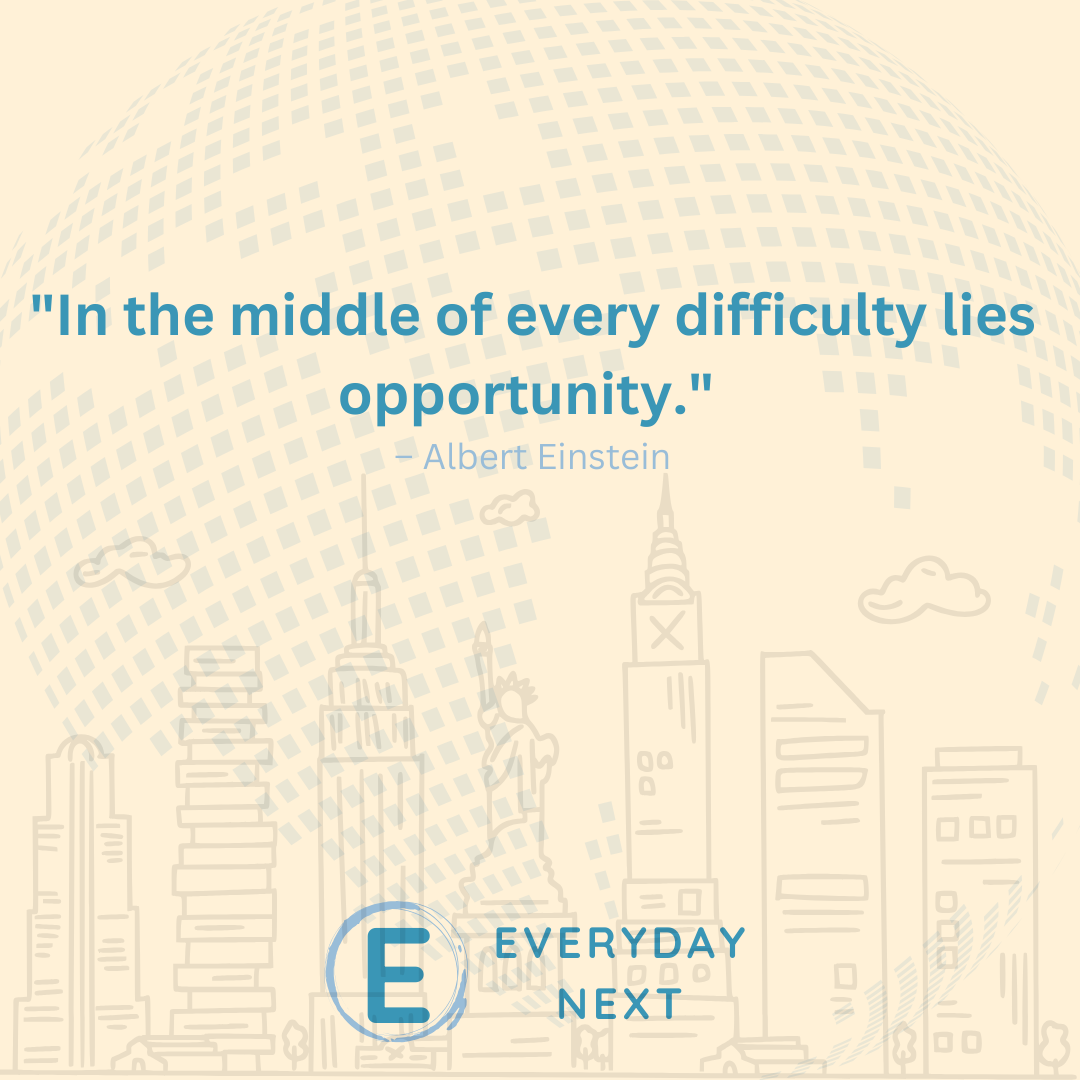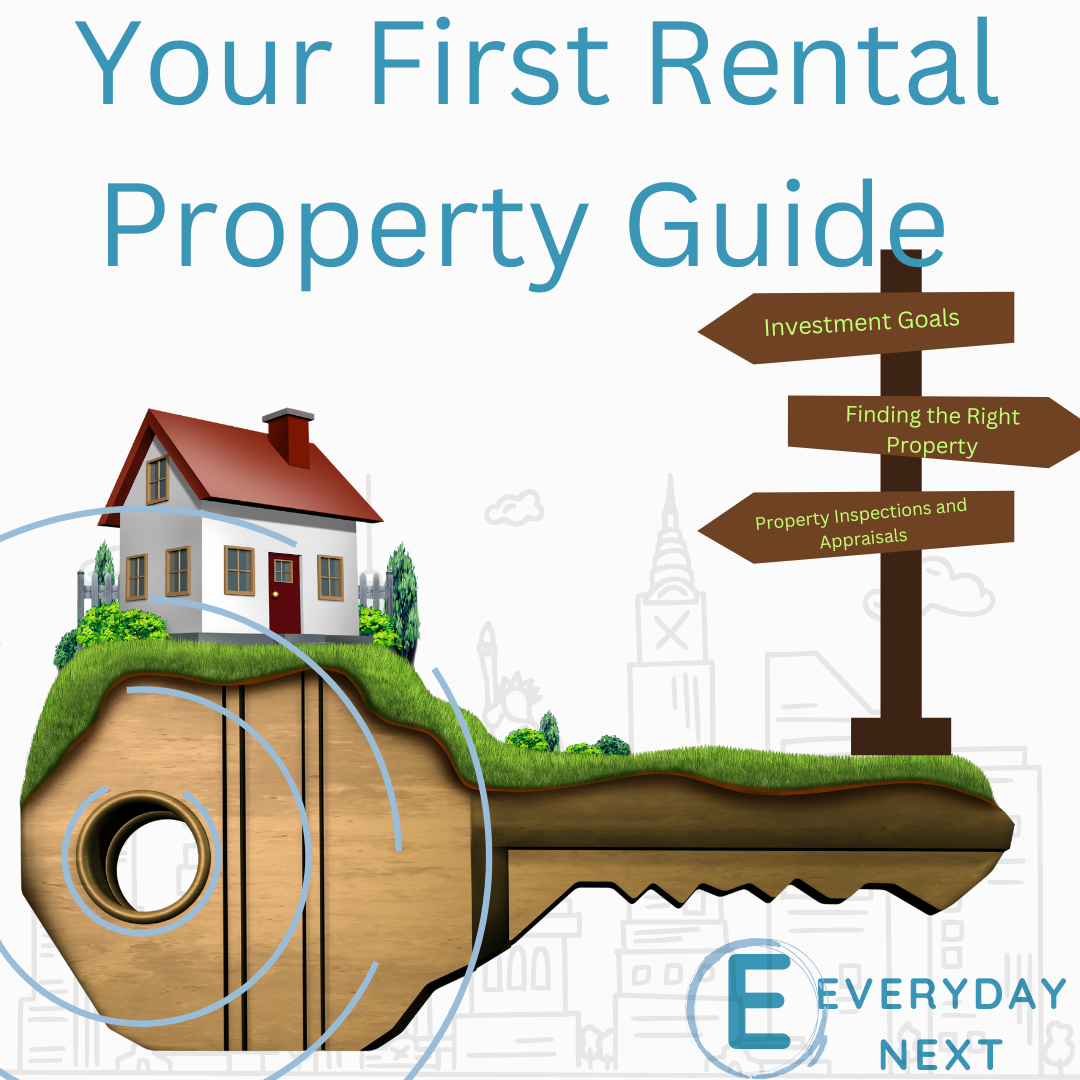
Step Into Real Estate: Buying Your First Rental Property Simplified in 2025
Table of Contents
Buying your first rental property can feel like trying to solve a puzzle. But with a clear path, it’s simpler than you think. This guide walks you through key steps like setting investment goals, understanding the market, and finding financing options. You’ll learn how to choose the right property and handle inspections with confidence. Plus, we’ll cover making offers and closing deals smoothly. Managing your rental property efficiently will also be discussed. With practical tips and examples, you’re in good hands as you step into real estate. Let’s get started!
Key Takeaways
- Set clear goals for what you want from your rental property, like steady income or growing profits.
- Study the real estate market to find the right location with good demand and potential growth.
- Understand your financing options so you can pick the best one for your budget and needs.
- Choose a property with the right price, location, and condition to meet your investment goals.
- Learn about property management to decide if you should handle it yourself or hire a manager.
Set Clear Investment Goals
Setting clear investment goals helps you know why you’re buying a rental property. Do you want steady monthly income, or are you looking for long-term growth? Both of these reasons can guide your decisions.
Think about your future financial needs. If you want extra income every month, focus on properties that can give you steady rent. This strategy suits those who need a regular cash flow.
Looking for long-term gains? Consider properties in up-and-coming areas. These might not provide quick returns but could grow in value over time. Like planting a seed and waiting for a tree to grow.
Another example: decide how much effort you want to put into the property. If you love fixing things, a fixer-upper could be your choice. But if you prefer less hassle, find a place that’s move-in ready.
Explore different approaches. Your goal can shape how you find and manage your property. Check out this rental investment strategy for more options that might match your goals.
Make sure your goals are realistic. Understand the market, whether you’re in Canada, the USA, or anywhere else. Know the market trends, and be aware of current expenses and possible earnings.
Having clear goals makes you more prepared. You know what to watch for, like potential rent prices and maintenance costs. This way, you can make smart choices and have a better chance of success.
Understanding the Real Estate Market
Understanding the real estate market starts with research. Think of it like a puzzle. Each piece tells a part of the story. These pieces include market trends, location quality, and property types. Knowing these can help you make a better investment.
Start by looking at local trends. What are houses selling for? Are prices going up or down? This information helps you understand if an area is good for buying a rental property. In some places, the demand for rentals is high, which can lead to better profits.
Location is key. A property near schools, parks, or shopping centers usually attracts more renters. People love convenience. If you find a place where people want to live, it’s more likely you will have a successful rental.
You should also check the neighborhood. A safe and clean area attracts quality tenants. No one wants to live where they feel unsafe. Visit the area at different times of the day to see what it’s like.
Understanding these market factors helps you choose the right property. For those serious about investing, the real estate market analysis offers detailed data.
Renting out your first property, if approached step by step, can be rewarding. By researching the market thoroughly, you put yourself in a position to make smart decisions. Whether you’re looking in Canada or the USA, these principles can guide you in the right direction.
Use investors apps, you will need some Properties apps which helps by putting all the needed information right Infront of you.
Financing Your Rental Property
When buying your first rental property, the first hurdle often involves money. You need to figure out how to pay for your dream investment. Let’s keep it simple and break down the basics.
Understand Your Budget. Take a close look at your finances. You need enough savings to cover the down payment, which often ranges from 15% to 25% of the property price. Don’t forget about closing costs too. They include fees for paperwork and inspections. Be ready for these upfront expenses.
Explore Financing Options. Many banks offer mortgages for rental properties. The process is like getting a home loan, but rates might be a touch higher. A large down payment and a solid credit score can help you secure better terms. Loans from credit unions are another option. They often have flexible terms that can be favorable.
Consider Alternative Options. If traditional loans don’t work, think about other ways to get funds. Friends or family might want to invest for a share of profits. Beginners sometimes try “crowdfunding” to find investors. Just remember, sharing the pie also means sharing the profits.
Plan for the Unexpected. Property ownership comes with surprise expenses. Set aside a chunk of money for emergencies like a broken heater or a leaky roof. This fund can save you from headaches later.
Buying a rental property step by step begins with money sense. It sets the stage for every decision you make. Start with a budget. Explore your options. Prepare for the unexpected. With these steps, you’re ready to buy smart and build your rental property dream.
Finding the Right Property
Finding the right property takes time. You need to look closely at several factors. Start with the location. Think of it like choosing a good neighborhood for yourself. Would you want to live there? A good location has schools, shops, parks, and public transport nearby. It makes life easier and more fun for renters. Do not limit yourself to your city, explore other cities.
Price is your next concern. Set a clear budget. Think of it like buying groceries. You can’t buy what you can’t afford. List properties in your price range. Then, compare what each offers. Does it have three bedrooms, a big yard, or a cozy living room? Look for what gives you the most value for the price.
Check the property’s condition. Walk through it like an explorer. Look for cracks, leaks, or old wires. Does it look safe and sturdy? Small repairs are okay, but large problems can mean big trouble. You want a place ready for renters, not a project that takes months to finish.
Market conditions matter too. If you wonder How to Buy Your First Rental Property Step by Step, understanding current trends will help. Dive into a Rental Market Analysis to see what renters want in that area. Are they looking for small apartments or family homes? Knowing this helps you choose a property that fills their needs.
By considering these factors, you get closer to finding the perfect rental property. Each step gets you nearer to making smart real estate choices.
Navigating Property Inspections and Appraisals
Buying a rental property feels much like buying a car. You want to check everything before you sign a deal. Property inspections help you find problems that are not obvious at first glance. A small leak in the roof or faulty wiring can cost you later. Checking these things now saves money and stress later. Hiring a professional inspector makes it easier. They look at every corner of the property. If you need more information about inspections, a Certified Property Inspector might be helpful.
Appraisals make another important step. Appraisals show the true worth of a property. They make sure you do not pay more than necessary. An appraiser compares your property with similar ones sold nearby. They consider size, location, and features. Suppose you find a house you like for $300,000. The appraisal shows its worth is actually $275,000. This new information gives you room to negotiate a better deal.
Property inspections and appraisals make buying a rental much safer. Think of them like putting on a seatbelt before a drive. They protect your investment by showing you the risks and potential issues upfront. Always take these steps seriously. They lead you to make more informed buying choices.
Making an Offer

Making an offer on a property feels exciting. Imagine it like bidding at an auction, but with fewer paddles. You weigh your choices, check what the seller wants, and decide your price limit. When you make an offer, keep it simple. Start with a fair price based on what similar homes cost. This step is about finding a middle ground. Your aim is to make both you and the seller happy.
Negotiation plays a key role here. Like haggling at a flea market, you want to get the best deal possible while respecting the seller’s needs. If you’re unsure about negotiating, you can boost your skills with these tips on negotiation strategy. Plan your approach, chat with the seller or their agent, and be ready to explain your offer.
Contingencies help you feel safe when making an offer. Think of them as your safety net. A common one is the inspection contingency, which checks the home for any major issues. Others might include securing financing or selling your current home first. These give you ways to back out if things don’t go as planned.
Consider adding an earnest money deposit. This shows the seller you mean business. It’s like putting a reservation down at a restaurant—you plan to come back.
Talk to your real estate agent through this process. They see the deal from all angles and give you insight into how your offer stands against others.
Closing the Deal
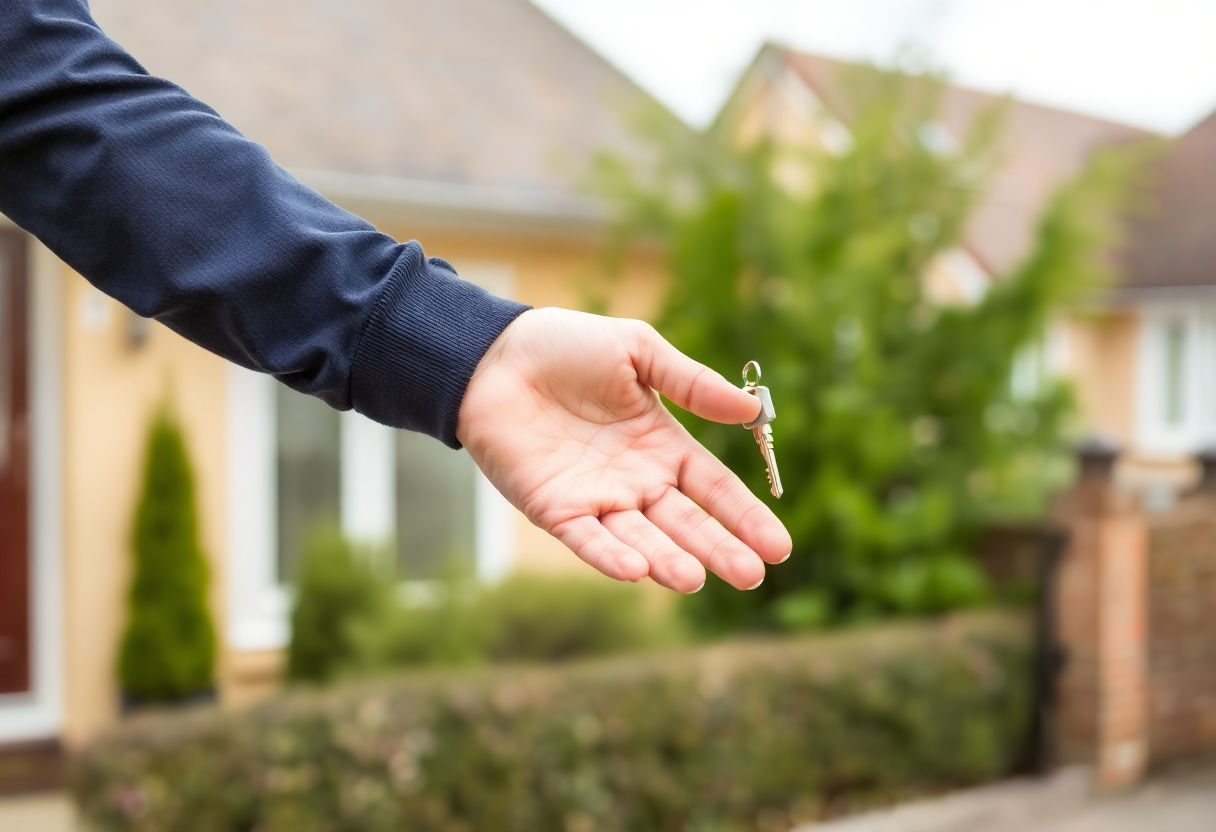
Closing a real estate deal feels like the last piece of a puzzle falling into place. You are almost there. First, review all your documents. These include the property inspection report, mortgage papers, and insurance details. Keep everything organized. Picture this as checking off a list before a big trip. You want no surprises.
Next, a final walkthrough happens. This ensures the property remains in good condition. It’s like one last look at a car before you drive it home. Everything should work as agreed upon.
Then, meet at the closing table. This could take place at a title company’s office or via a digital platform. You’ll sign multiple papers. Some may look overwhelming, but focus matters. If unsure, ask questions. Your real estate agent or lawyer should clarify things.
Funding comes next. Your lender pays the seller if everything checks out. Simply put, money changes hands to officially close the deal.
Finally, get the keys. Now, the place belongs to you! This moment can feel surreal. Imagine opening the front door for the first time, knowing it’s your investment.
Remember these steps when learning how to buy your first rental property step by step. Following through with each ensures a successful start to owning rental property.
Managing Your Rental Property

Managing a rental property involves a few key steps. One option is to handle everything yourself. This includes finding tenants, collecting rent, and handling repairs. It can save you money, but it takes time and effort. You’ll learn about plumbing and fixing leaks quickly!
A second approach hires a property manager. They can take care of all tasks, from tenant screening to maintenance. It can give you peace of mind, but it costs money. You decide which works best for your schedule and budget.
Tenant screening is one of the most important parts of renting a property. You want reliable tenants who pay on time. This tenant screening checklist can help you choose the best tenants. It includes tips for checking background, credit, and references.
Repairs and maintenance keep your property in good condition. Fixing problems before they grow saves money. Simple tasks like changing air filters or checking smoke detectors can make a big difference in safety.
Consider insurance. Homeowners insurance is a must. You may want rental insurance to protect against damages or lawsuits.
Communication with tenants is key. Clear communication prevents misunderstandings. Set clear guidelines for payments, pet policies, and repairs. Keep records of all agreements in writing.
Managing a rental takes patience and planning. Whether you manage on your own or hire a manager, take the time to weigh the pros and cons. Knowing your options will guide you in how to buy your first rental property step by step.
Conclusion
Buying your first rental property can seem like a big challenge. You might feel like you’re climbing a tall mountain. But with the right steps, you can reach the top. Just like learning to ride a bike, you start with small, simple steps. Set clear investment goals. Understand the real estate market. Secure the right financing. Find a good property. Each step builds on the last. Soon, you will manage your property like a pro. Real estate offers a path to financial growth. Take informed, confident steps. Your journey in real estate investment can be rewarding. Keep pushing forward.
Recommendation to watch on YouTube
If you’re looking for additional insights and practical advice on buying your first rental property, I highly recommend checking out a video by Meet Kevin, a renowned YouTuber, real estate broker, landlord, and entrepreneur. In his video titled “How to Buy Your First Rental Property (Noob vs Pro) | Step by Step”, Kevin breaks down the process into clear, actionable steps while sharing valuable tips from his own experience. Whether you’re a complete beginner or have some real estate knowledge, his expertise and straightforward approach make it easy to follow along. Watching this video will complement what you’ve learned here and give you a deeper understanding of how to navigate the journey from being a first-time investor to a savvy property owner.
Sources
Frequently Asked Questions
How do I start buying my first rental property?
Begin by setting clear investment goals. Decide what you want to gain, like passive income or long-term growth. Research the real estate market in areas you’re interested in. Secure funding, whether through loans or savings. Make a plan and stick to it.
What should I look for in a rental property?
Focus on location, price, and condition. A good location might attract tenants easily. Consider the property’s price to avoid overpaying. Inspect the condition to know about repairs or upgrades needed.
How much risk is involved in real estate investing?
Real estate does have risks, like any investment. Property values can rise or fall. But with careful research and planning, you can manage many risks. Think about what you can afford and have a cushion for unexpected costs.
Can I buy a rental property with no money down?
It is possible with creative financing. Some lenders may offer zero-money-down loans if you have a strong credit score. Other options include partnerships or seller financing. Evaluate each to decide what works best for you.
Is hiring a property manager necessary?
You don’t have to hire one, but it can help. A property manager handles tenant issues, maintenance, and rent collection. If you prefer a hands-off approach, hiring a manager might be worth the cost.
